Privacy Browser Android 3.19 was released on 31 December 2024. Users can now choose to sort bookmarks alphabetically, with folders before bookmarks. When doing so, manually adjusting the sort order is disabled.
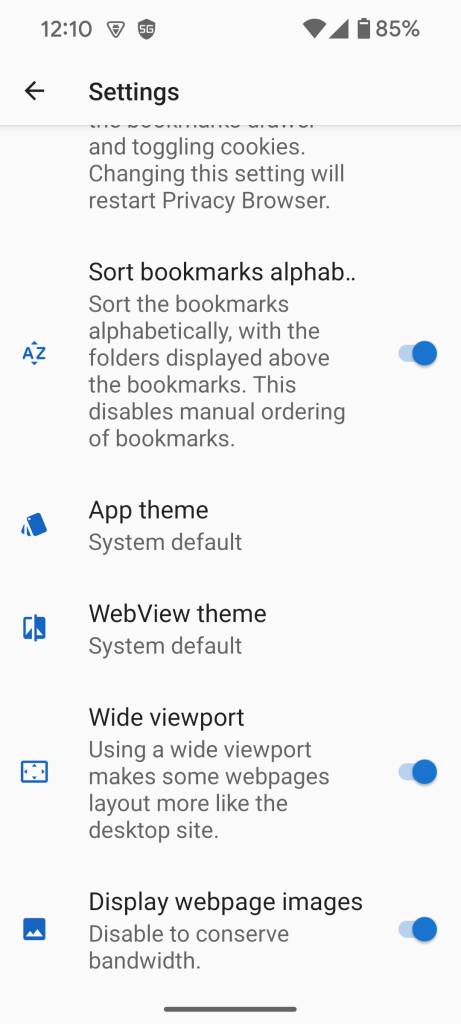
When not sorting bookmarks alphabetically, there are now options to move a bookmark to the top or the bottom, instead of just the previous options to move it one up or down.
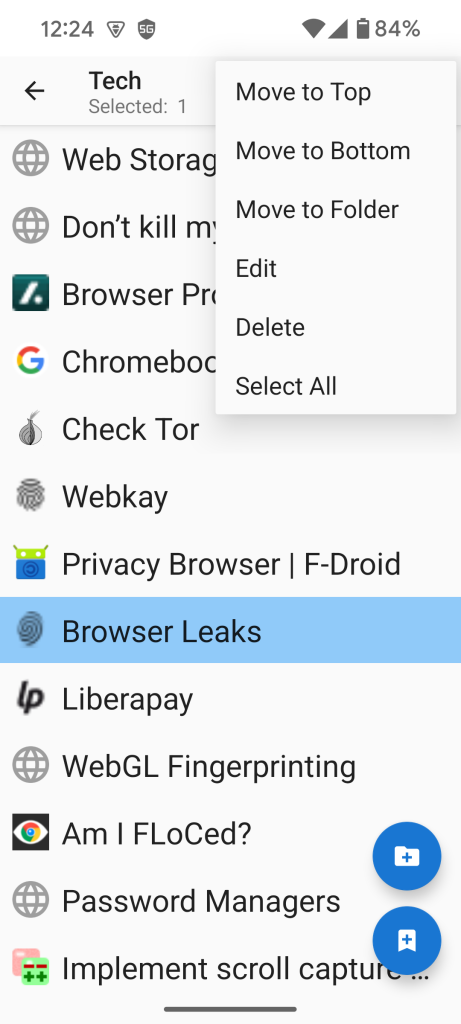
The Clear DOM Storage options menu has been updated to detect if DOM storage is currently in use. Android’s System WebView changes the storage location of the files from time to time, so Privacy Browser’s detection algorithm has to be updated to match.
Currently, Android’s System WebView populates the DOM storage directories every time it launches, even if no data is present. So, the indicator will show the option to clear DOM storage with each launch. Also, it should be noted that clearing DOM storage only clears the copy of the information on the flash storage. WebView uses a flash-backed memory storage design for DOM storage, which means that DOM storage data is first written to RAM and then periodically synced to the flash. Because WebView doesn’t currently offer the ability to clear DOM storage itself (this will probably change in the 4.x series with Privacy WebView), even when Privacy Browser has deleted all the files on the flash storage, websites can still read and write to the DOM storage in RAM.
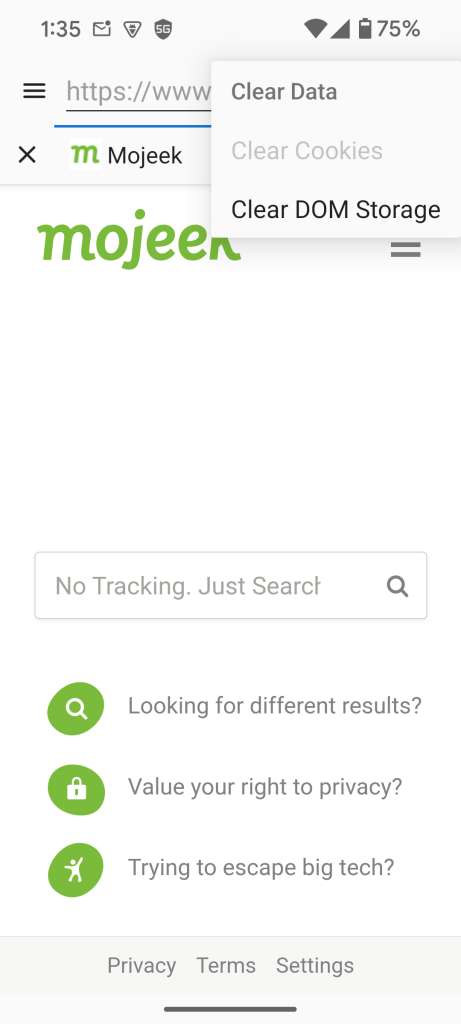
Edits to the URL bar are now persistent when switching tabs. This allows users to start typing a URL, switch to a different tab to look up some information the need for the URL, and then switch back to the first tab to finish typing the URL.
Previously, switching tabs would restore the URL that was currently loaded in the WebView. Now the only was to restore the currently loaded URL is to refresh the page. This has the downside that any edits on the page will be lost, but I think this is the best design in the interest of maintaining feature parity with Privacy Browser PC.
It is now possible to copy the text of a link (as opposed to the URL) from the context menu.
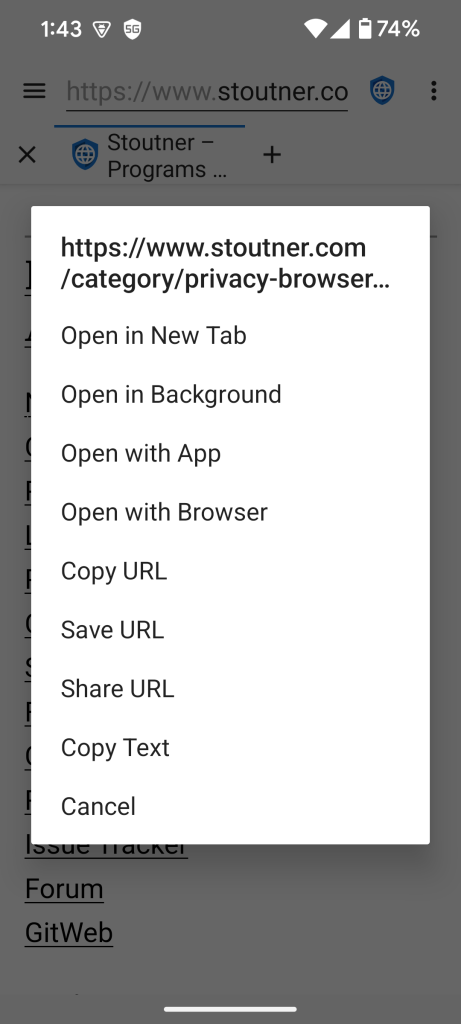
There is a new option to delete all domain settings at once. In case you want to start over.
The status bar now changes color to match the proxy status on Android < 15 (API < 35).
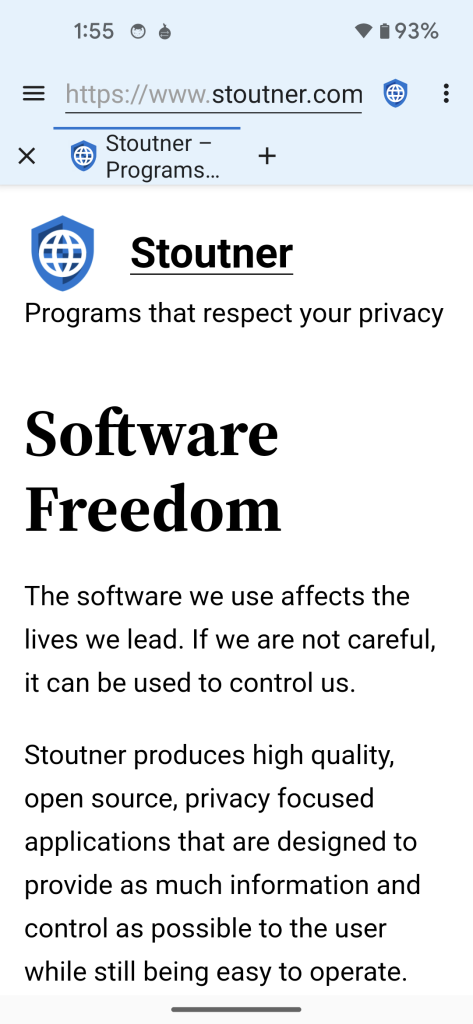
Android < 15 (API < 35)
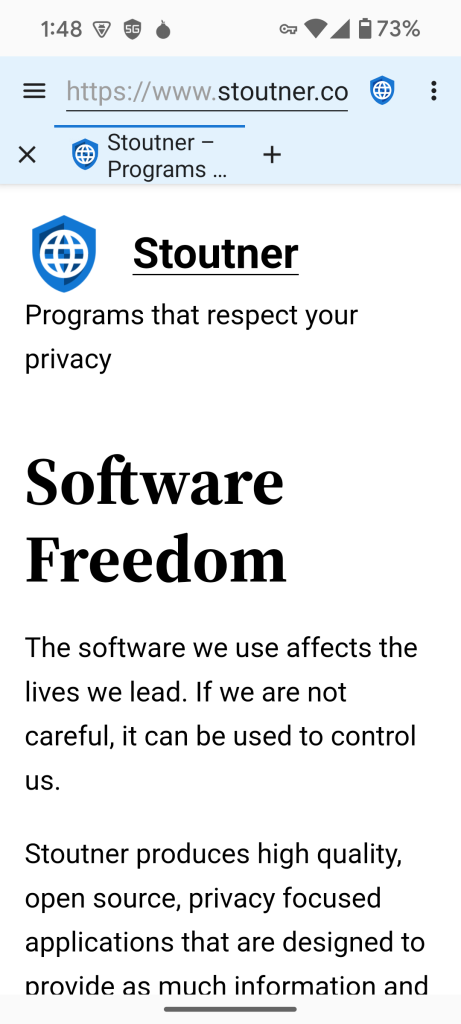
Android >= 15 (API >= 35)
Syntax highlighting has been fixed when viewing the source of a domain without a subdomain. When using View Headers, the Request Headers have been updated to track the current WebView settings. The target API has been bumped to 35 (Android 15). That change involved more work that anyone can probably guess to make displaying under cutouts work correctly with full screen browsing mode. But it all ended well.
My plan for the next release is to finally implement fine-grained cookie controls. This has been on the list for the past several releases, but it kept getting bumped, partially because other priorities came up unexpectedly and partially because it is a vary large and complex feature to implement. But this time I am going to try to prevent other things from getting in the way.
